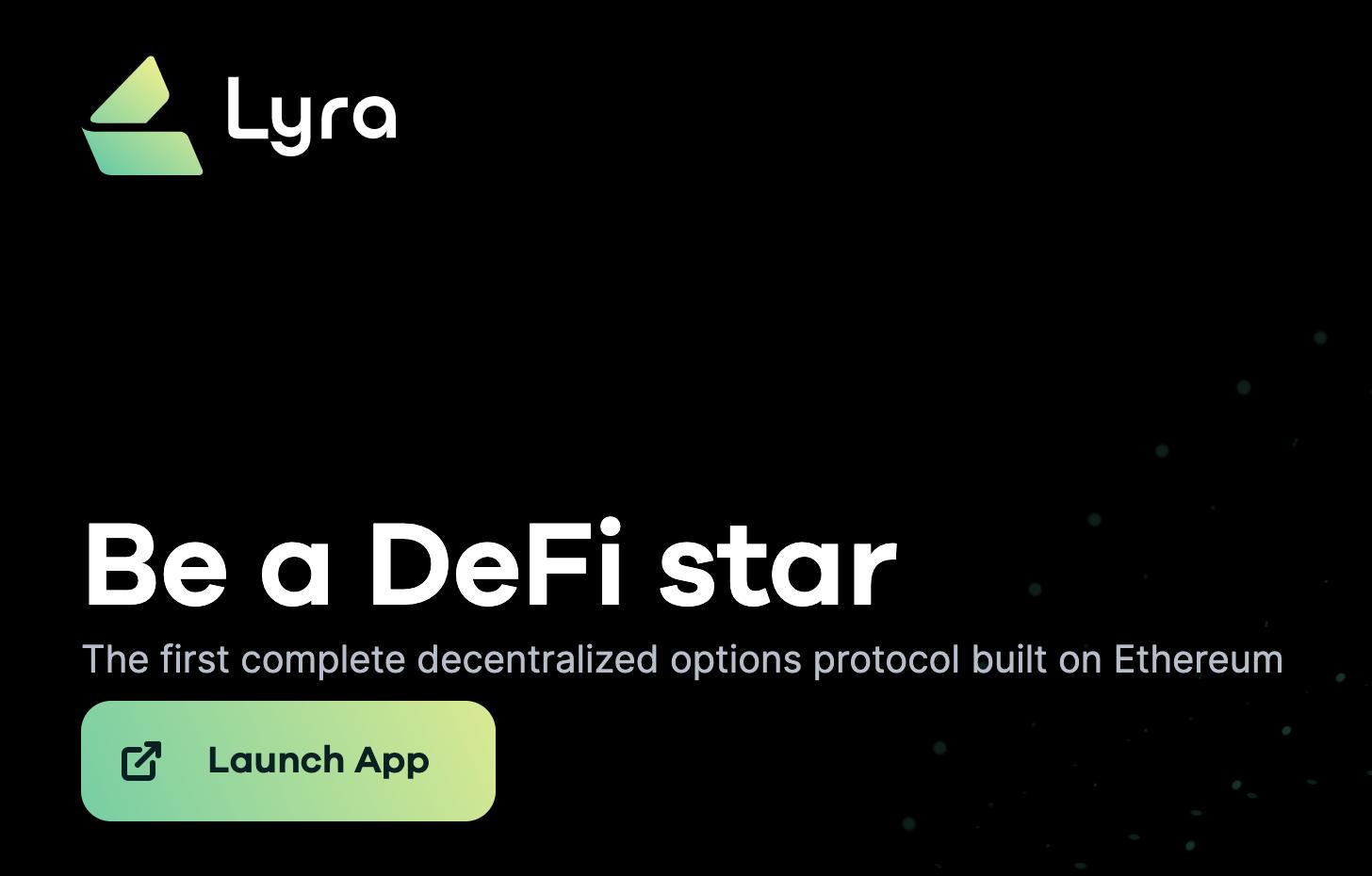Introduction to Synthetix Ecosystem Binary Options Thales and Participation Guide for This Public Offering
Author: Loners Liu
1. Origin of the Name Thales and Brief Introduction
The name Thales comes from Thales of Miletus, a citizen of Miletus and an ancient Greek philosopher who lived around 640 BC. According to Aristotle, Thales predicted a bountiful olive harvest in his region, which meant an increased demand for olive presses.
Although Thales did not own any olive presses, he secured the right to use all the olive presses in Ionia by renting them in advance (option premium), ensuring priority access during the harvest season (call option). He then exercised his option and sold the right to use the olive presses to those in need, earning himself a considerable profit, marking the first recorded exercise of an option contract.
Binary options betting is not continuously distributed like stocks, futures, or conventional options; simply put, you either win or lose, with no middle ground. Binary options have a long history in traditional finance, but they only gained popularity in the DeFi space recently with the introduction of Synthetix.
Thales' founder, Dnijel, was a member of the Spartan Council and was previously incubated by a dedicated team within the Synthetix community until they became independent in the first half of this year. Thales is now live on the Ethereum mainnet, allowing users to create corresponding binary options tokens for over 60 assets, including cryptocurrencies, commodities, stocks, and indices, and trade them on a limit order book based on 0x.
Synthetix has also integrated Chainlink Price Feeds on Optimistic Ethereum, achieving low-latency, low-cost oracle updates, enhancing the trading experience for users. After the integration, users trading binary options on Thales can reduce their trading costs by 30, 50, or even 100 times compared to the Ethereum mainnet.
2. How to Use Thales to Hedge Risks?

As a binary options project within the Synthetix ecosystem, Thales uses sUSD as its denomination token, and any option purchase requires placing an order with sUSD. Users can choose to stake SNX to generate sUSD at a collateralization rate of 500%, or convert USDT to sUSD through Curve.
Each options market in Thales has an order book available for trading on 0x, and directional option tokens can be obtained by minting while simultaneously selling another token, or directly trading through 0x. When minting, for every 1 sUSD, 1 sLONG and 1 sSHORT token will be minted, and the protocol charges a 1% minting fee.
According to the official blog, on Thales, we can purchase binary options for all types of synthetic assets supported by Synthetix. Currently, Thales serves as a very useful tool to be used in conjunction with Kwenta (the options exchange within the Synthetix ecosystem).
For example: Bob is a trader who is long on SETH, and at this moment, the price of SETH is $2400, and he has purchased a position of 100 SETH. Later, when SETH drops to $2200, he closes his position. His loss and operation are shown in the figure below:

(Figure: https://thalesmarket.medium.com)
At this point, his loss is $20,000; remember this number. What if he uses Thales for binary options hedging?
After purchasing a position of 100 SETH at $2400, Bob buys a put binary option on Thales, assuming each binary option costs $0.3, the maximum return for each contract (100 put options) is $70.
At this point, two scenarios can arise:
- If the ETH price rises, the ETH long position will gain, and the total profit is the profit from the long position minus the loss from the put binary option.
- If the ETH price falls, the ETH long position will incur a loss, and the total loss is the funds lost from the long position plus the profit from the put binary option.
If Bob wants to earn $20,000 from this trade, he should calculate the total hedging risk amount ($20,000) / maximum return per contract ($70), so he needs to purchase 285.71 contracts of put binary options. His operation and final profit are shown in the figure below:

This means that if the price of Ethereum drops, using Thales for binary options hedging will result in a loss of $11,428.57 less than if he had taken the loss directly.
In addition to trading traditional assets like cryptocurrencies and stocks, in Phase 4, customized binary options contracts will also be used for sports betting. For example, Thales has launched a series of prediction market trading pairs related to the Tokyo Olympics, such as "Will China win the most gold medals?"
In summary: Thales meets more trading scenarios with simpler trading rules.
Since prediction markets are a form of binary options, they only require providing a recognized result at settlement. The transparency of the blockchain ledger and the automatic execution and settlement of smart contracts are natural advantages, characterized by high capital efficiency and optimization for events such as political, sports, and EOY price predictions.
A few days ago, Thales announced the issuance of the Thales DAO token THALES, with a total supply of 100 million tokens, of which 35% will be airdropped to SNX stakers, 30% will be used for a growth fund, 20% for core contributors, and 15% for THALES staking rewards.
The launch of Thales will have a significant impact on the Synthetix ecosystem, as users minting option contracts and investing in on-chain funds must use sUSD, which will further enhance the profitability of SNX stakers, greatly increase the use case of the stablecoin sUSD, and maintain high composability with Synthetix ecosystem protocols.
For the early development stage of the DeFi space, binary options are highly useful and yield high returns. However, please note that the yield curve is very steep, and it is best to trade binary options with sufficient understanding.
3. How to Participate in Thales' Public Offering?
Thales has decided to use DODO and its crowdfunding solution. DODO's variable price crowdfunding is a public liquidity issuance mechanism inspired by collective auction methods, distributing at the same final price fairly to all participants.
DODO's Crowdfunding Mechanism
Once the crowdfunding event begins, as the amount of participation increases, the price will follow the bond curve upward, with the slope of the curve related to the parameters set by the creator.
From the image, when the token price reaches 1,500,000 USDC, the price comes to 1 USDC, with the upper limit of this token price set at 2.5 USDC. Below are the detailed information for this public offering:
Number of tokens distributed: 2,000,000 THALES (2% of total supply)
Participation requirements: Ethereum wallet with USDC and ETH for gas fees
Starting price: 0.5 USDC
Token price cap: 2.5 USDC
Crowdfunding fundraising cap: 5,000,000 USDC
Crowdfunding duration: 48 hours
Cooling period: 12 hours
Crowdpool starts: Monday, September 13, 2021, at 22:00 Beijing time
Crowdfunding ends and cooling period begins: Wednesday, September 15, 2021, at 22:00 Beijing time
Cooling period ends: Thursday, September 16, 2021, at 10:00 Beijing time (UTC)
During the crowdfunding period, participants can adjust their contribution amounts freely without a cap, but when the deposits reach the cap of 5,000,000 USDC, the token price will be fixed at 2.5 USDC, and all excess funds over 5,000,000 USDC will be refunded to all participants proportionally.

For example, if the crowdfunding ends with a total deposit of 7,500,000 USDC, this means each participant will receive a 33.3% refund of their committed USDC, while the remaining (66.6%) will be converted to THALES.
Through this mechanism, the potential risk of front-running is eliminated, allowing participants to take their time depositing without urgency, as long as they deposit the amount they wish to participate within 48 hours, each participant will ultimately receive a distribution based on their participation ratio.
When the 48-hour crowdfunding duration ends, a 12-hour cooling period begins, during which participants can withdraw their contributions, which will also affect the final token price.
Thales Crowdfunding Participation Guide
Use this link to navigate to the THALES token crowdfunding event:
(The crowdfunding event starts at 22:00 Beijing time on Monday, September 13, 2021)
The THALES token crowdfunding event on DODO is divided into three phases:
Bidding Phase
First, you need to connect your Ethereum wallet by clicking the "Connect to Wallet" button in the upper right corner, ensuring you are connected to the Ethereum mainnet.
After reviewing the terms of service, select the Ethereum network and the wallet you wish to connect (such as Metamask, Coinbase Wallet, etc.).
The image below highlights some parameter information to pay attention to when participating in the Thales crowdfunding:
After connecting your wallet, the next step is to allow DODO to spend your USDC, enter the amount of USDC you wish to contribute to the crowdfunding, click the Approve button, and confirm the transaction. Submit the transaction and wait for confirmation.
Once the approval transaction is confirmed, you can submit your USDC to the crowdfunding address.
Here, enter the amount of USDC you wish to commit, and you will see how many tokens you are expected to receive based on the current token price.
Click the Add button and confirm the transaction if you want to add more USDC to your allocation. After entering the additional USDC in the input field, Total Expected To Receive will display the total expected tokens from past commitments and the new input crowdfunding amount.
Optional Step: If you want to remove USDC, click Remove, then enter the amount of USDC you wish to remove. The total expected will adjust, showing a decrease in the expected number of THALES tokens you will receive after removal. After entering the USDC amount, simply click the "Remove" button and confirm the transaction in your wallet.
Cooling Period
Once the crowdfunding bidding phase ends and the countdown ends, the 12-hour cooling period begins, and the crowdfunding will no longer accept new deposits.
During this phase, participants can only use the "Remove" tab to view the crowdfunding results and reconsider their participation amount. If participants wish to remove USDC, the process is the same as in the previous phase of crowdfunding.
Claim Phase
After the cooling period ends and the market settles, participants can claim their THALES tokens and some USDC as a refund for the oversubscription of the crowdfunding.
Click the "Claim" button and confirm the transaction, as shown in the image below.
Once the transaction is completed, the THALES tokens (or refunded USDC) will be deposited into your wallet. After the crowdfunding event ends, an incentive THALES/ETH liquidity pool will be launched on the DODO exchange, offering dual LP rewards for THALES and DODO tokens.
If you have any questions regarding this liquidity provision activity, you can join Thales' Discord to ask your questions!










